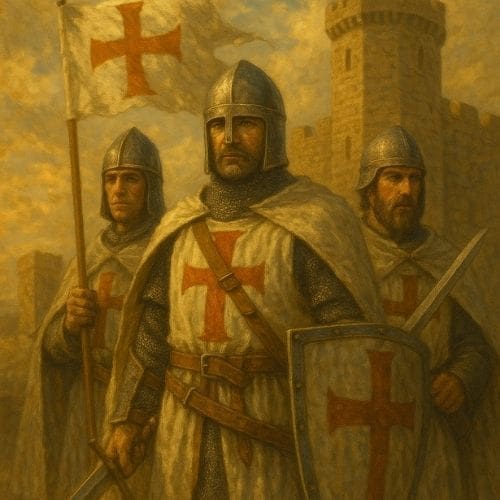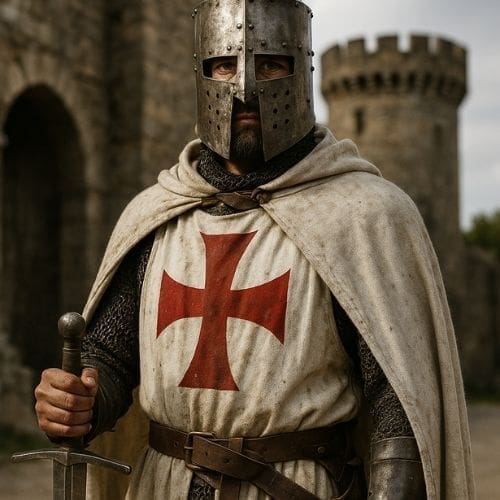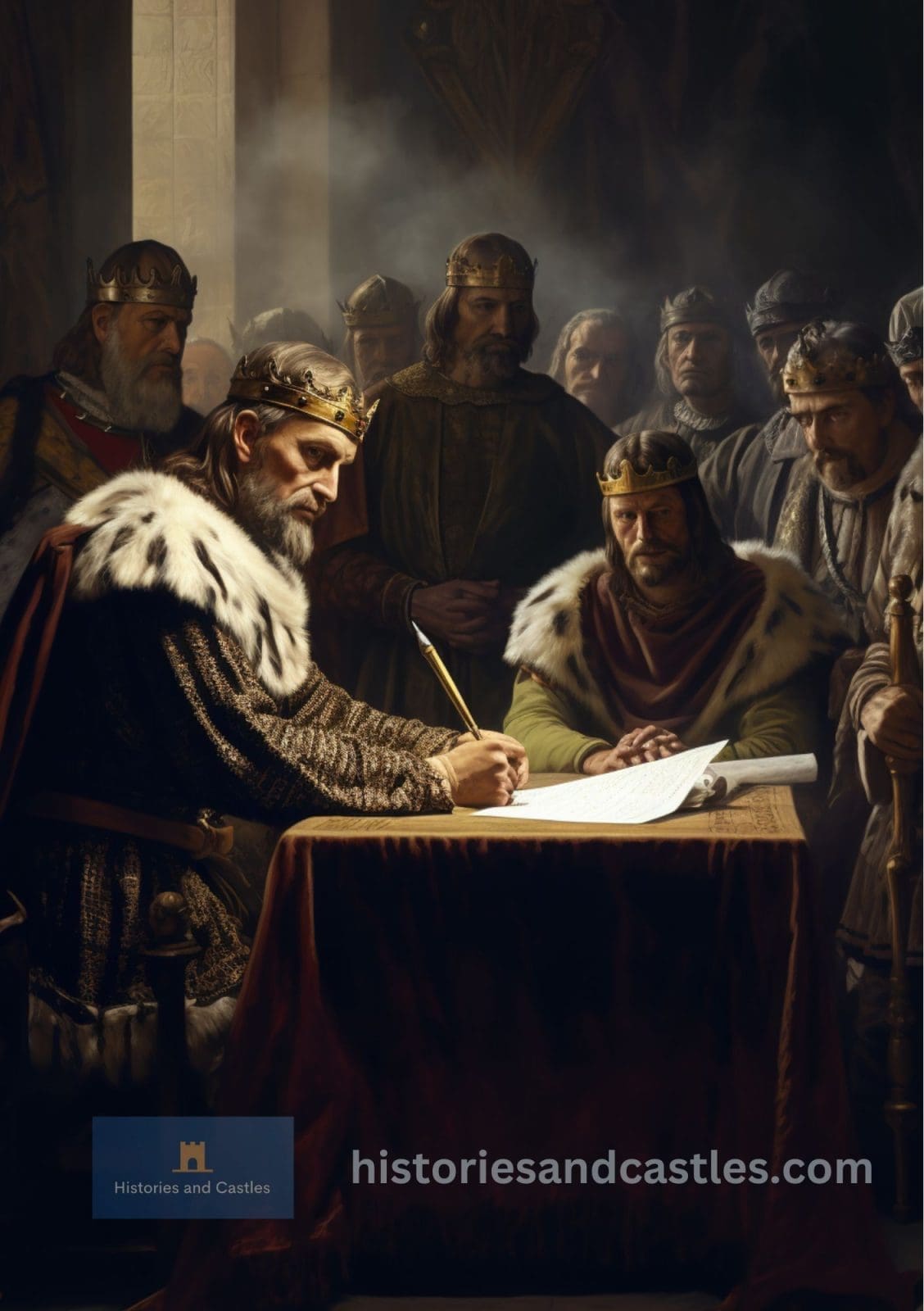Your basket is currently empty!
Geoffrey of Monmouth
-

Templars in the Crusades: Faith, Fury, and Fortresses
The Knights Templar, formed in 1119, arose during the Crusades to protect Christian pilgrims in the…
-

The Fall of the Templars: Trials, Torture and the Friday the 13th Curse
The downfall of the Knights Templar, initially noble crusaders, marked a significant moment in medieval history…
-

Templar Castles in Britain: Strongholds of a Vanished Order
The Knights Templar, formed in 1119, established crucial preceptories across Britain, supporting their Holy Land operations…
-

Inside the Life of a Templar Knight: Daily Rituals and Rules
The life of a Templar Knight was marked by strict discipline, prayer, and martial training. Each…
-

Who Were the Knights Templar?
The Knights Templar, founded in the 12th century to protect pilgrims, rose to power through military…
-

Taxation is Theft: A Historical Perspective
When we look at history, the answer becomes clear: taxation has often been nothing more than…








